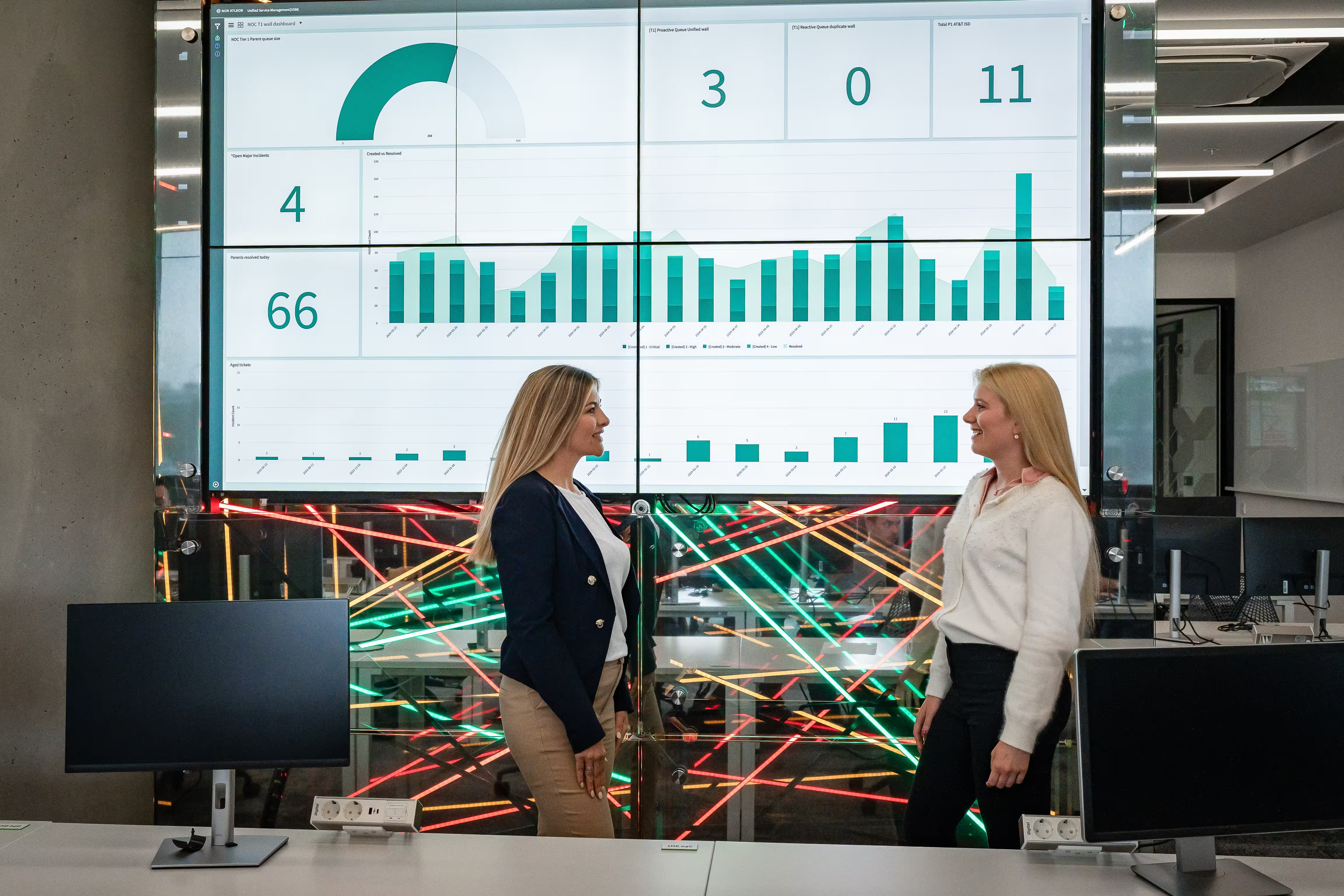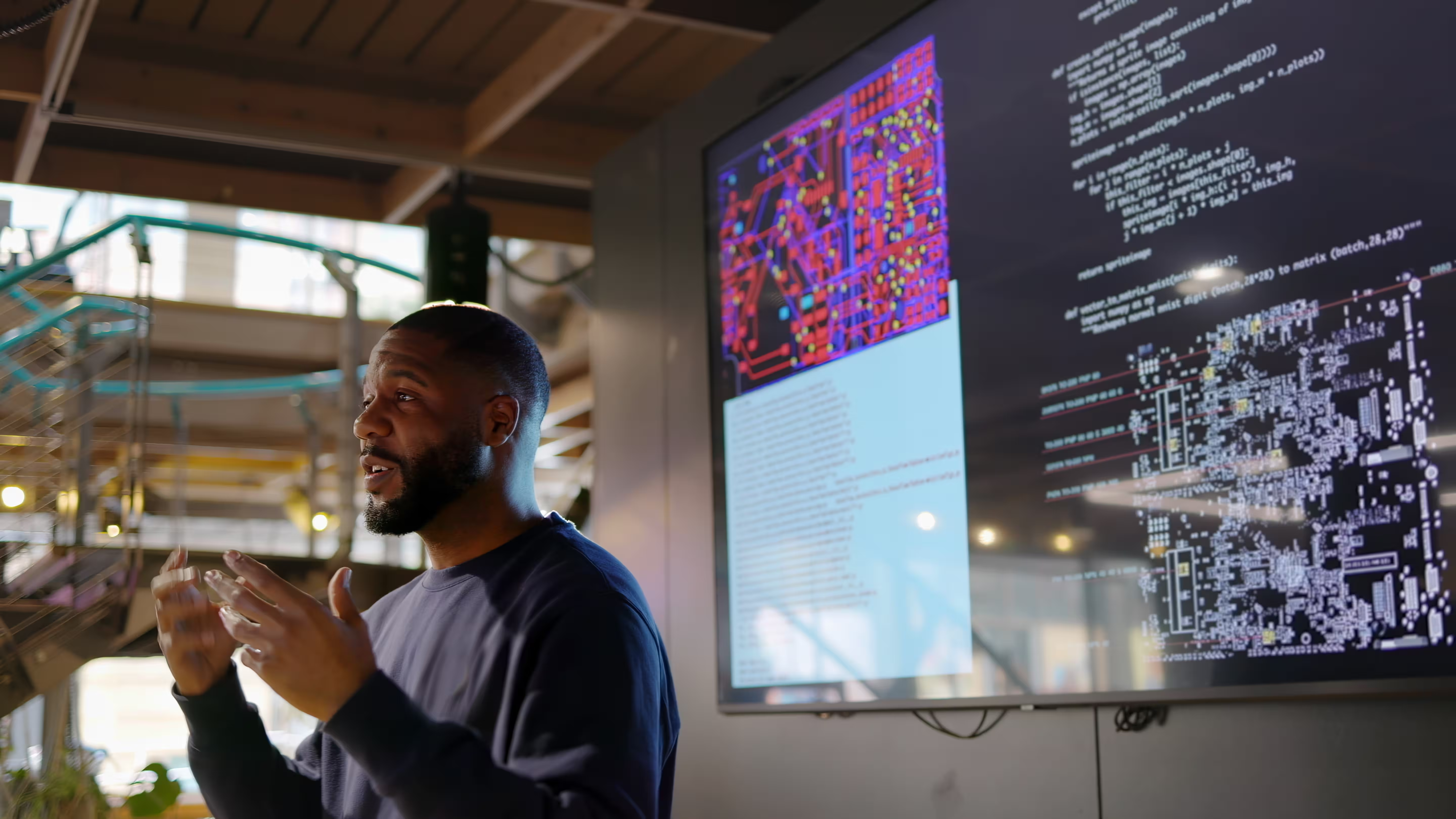How cash is fueling the new wave of financial inclusion
Leveraging advanced technology to remove barriers for the unbanked—and everyone else.
For some of us, it’s simple to walk out the door with just a mobile phone and make purchases digitally. Yet, while affluent populations may enjoy the convenience of electronic payments, access to physical cash remains in demand in both developed and developing nations. In fact, the pendulum is now swinging back to a more balanced approach between digital and physical payment forms. "Consumers are moving away from cash, but businesses and organizations that think cash is dead will find out otherwise if they choose to stop accepting it," says Elliot Maras, editor of Kiosk Marketplace & Vending Times.
Preferences are again changing as people reacquaint themselves with the benefits of cash—benefits they may have taken for granted before the digital wave broke. For example, for some, there’s an increasing awareness that using cash for purchases can benefit both the consumer and the business by avoiding credit card markups (which are ultimately passed to the buyer), while others are turning back to cash because it can make it easier to stick to a budget, control expenditures, earn discounts on purchases and make sure that tip goes directly to your waiter.
The trend back to cash is documented around the developed world: cash payments rose 7% in the UK last year, cash remains the most frequently used method of payment in Germany and circulating currency rose 13% year-over-year in the US.
But in developing countries, access to cash is about much more than personal preference. It’s the most accessible step toward financial inclusion—the worldwide effort to reduce poverty and inequality through access to financial services.
The problem: 1.4 billion people worldwide remain unbanked
Thanks to concerted efforts to expand access to financial services and the well-being it brings, more than 76% of people around the world now have financial accounts—71% in developing countries. The gender gap in account ownership is shrinking, though men still hold significantly more bank accounts than women in several countries. But more work needs to be done, as 1.4 billion people worldwide remain unbanked and tend to be the hardest to reach: women and people who are poorer, less educated and living in rural areas.
What’s being done to promote financial inclusion
Financial inclusion is bringing prosperity for households around the globe. Because when people have access to financial products and services, they can thrive and their families can prosper and their communities and countries can flourish.
Initiatives at many levels are moving to expand financial inclusion rates. G20 leaders have recognized financial inclusion as a cross-cutting issue for development and economic system stability and included it in work plans and in the targets of eight of the 17 UN Sustainable Development Goals (SDGs). In more than 50 countries around the world—from Ethiopia to the UK to India to the US—governments and FIs are working together on financial inclusion strategies. The joint efforts of FIs and governments are enabling and accelerating broad-based economic growth and resilience, improved financial health, job creation and development in their countries.
Clearly, prosperity is a good thing for households and financial institutions are where the rubber hits the road—both through turning unbanked individuals into account holders and through financial services designed for the unbanked.
In the US, FIs can make progress toward required compliance with the Community Reinvestment Act (CRA) by taking steps to improve access to financial services in underserved neighborhoods—efforts to root out “financial deserts”— and, in the UK, The Access to Cash Initiative includes five strategies for preserving access to cash for consumers and businesses over the long term.
For the poorest of the poor, financial inclusion means access to cash.
In India, digital infrastructure called the “India Stack,” a comprehensive digital identity, payment and data-management system, is improving the access, usage and quality of financial inclusion for over a billion people. Since its inception, 462.5M low-cost bank accounts have been opened in India and 56% of those new account owners are women. Impressed? There’s an even colder, harder number: the financial inclusion index of India has risen from 43.4 in 2017 to 60.1 in 2023.
Financial inclusion rates can only approach 100% when we think differently about what it means to be "banked".
But what will it take for financial inclusion rates to go even higher? Will it ever be possible to approach a 100% financial inclusion rate? It can if we rethink what it means to be "banked"—particularly in developing countries. For low-income people all over the world—in both developed and developing places—coming up with a minimum deposit and/or paying transaction fees is just too much of a barrier. For them, opening a checking account isn’t even a consideration. For the poorest of the poor, financial inclusion instead means surcharge-free access to cash.
Who wants cash, and why?
Around the world, people depend on cash for the necessities of life. Gig workers and service industry workers—for example, Uber and DoorDash drivers—often want to be paid in cash at the end of their shift because they need their money that day. When an unbanked worker can access their salary at an ATM through a one-time code, that worker can get the cash they need on the spot. And there are many other applications: for example, non-governmental organizations (NGOs) can even use this technology to send money to women escaping domestic violence—even if they don’t have bank accounts.
People want cash because it’s real, immediate, immutable.
- Cash—Your business is nobody else’s business
- Secure—Your money can’t be hacked, delayed, or questioned
- Crisis-proof—You still have your money if the power goes out or the network crashes
- Tangible—You know how much money you have, so you can budget your spending
Financial inclusion can mean prosperity for financial institutions, as well
The advantage for FIs in helping to ensure financial inclusion is balancing each access to cash, which many demographics rely on, with rationalizing their branch network to meet today’s business needs. This balancing act calls for a great deal of finesse and smart business acumen.
Through financial inclusion, FIs can remove geographic obstacles to their own growth—by providing better access across a broader footprint, FIs can not only better serve those for whom financial services are hard. Through improving access to ATM-based payment technology, FIs can simplify payments for all their customers, improve the efficiency of their staffing and improve branch functionality with interactive teller machines (ITMs) that can put a banking specialist into a video meeting with a customer or prospect at the click of a button.
Financial inclusion is good for individuals, but it’s also good for FIs: to put it simply, the more individuals prosper, the more viable, prospective customers are available to become FI customers.
Let’s explore what’s possible for your business. Our team is ready to connect and discuss tailored solutions that meet your goals.
Thank you for reaching out. A member of our team will be in touch shortly to continue the conversation.







%20(1).jpg)





%20(1).jpg)

%20(1).jpg)




%20(1).jpg)
%20(1).jpg)
%20(1).jpg)

%20(1).jpg)
%20(1).jpg)
.jpg)
.jpg)
.jpg)
%20(1).jpg)
.jpg)
.jpg)
.jpg)




.jpg)
.jpg)
.jpg)
.jpg)
